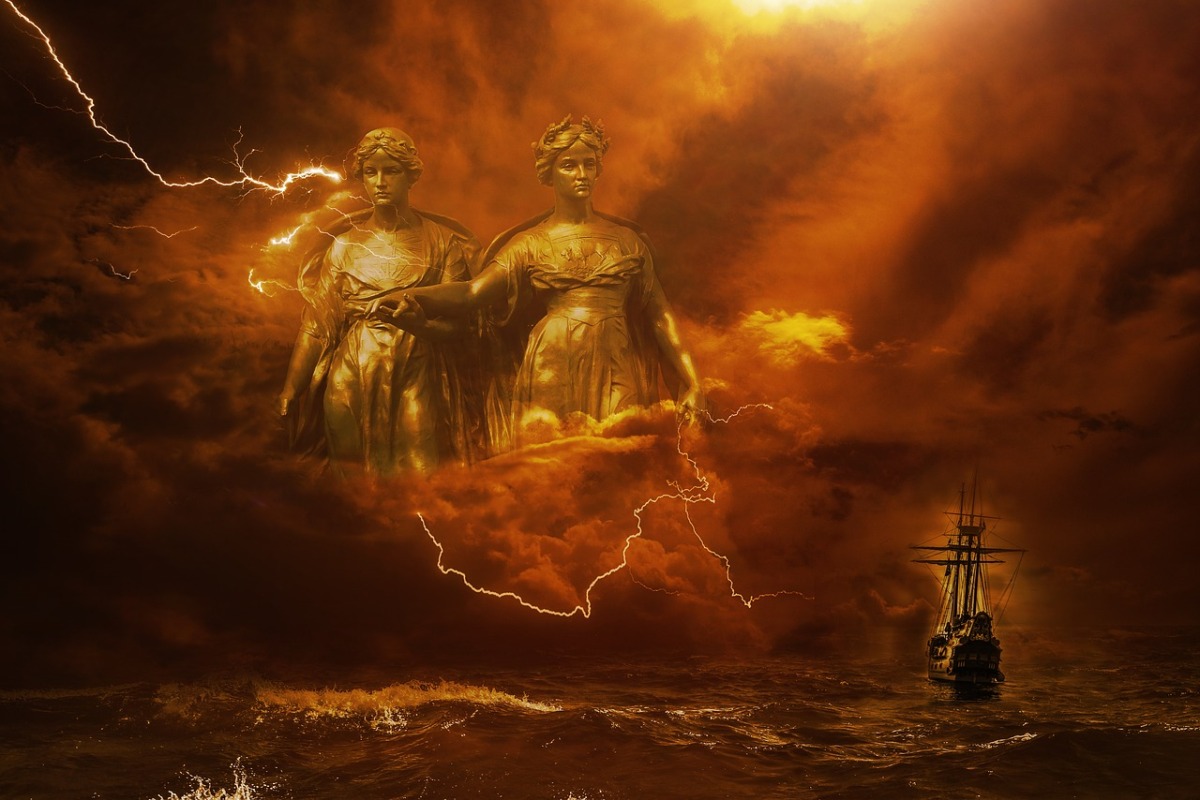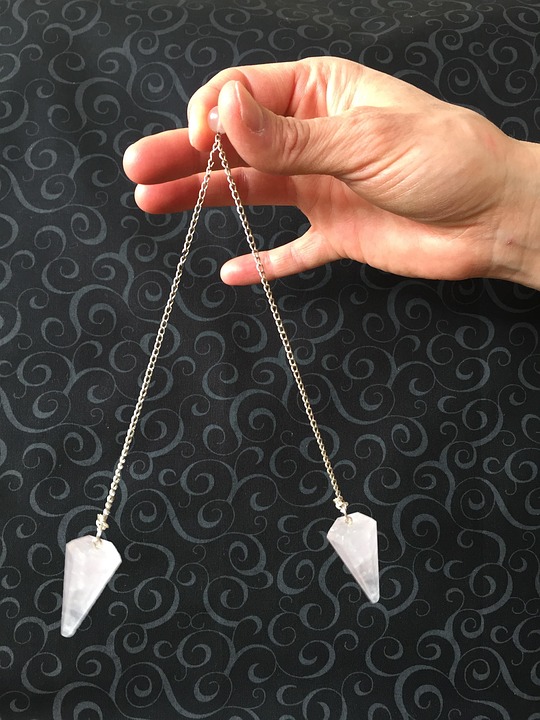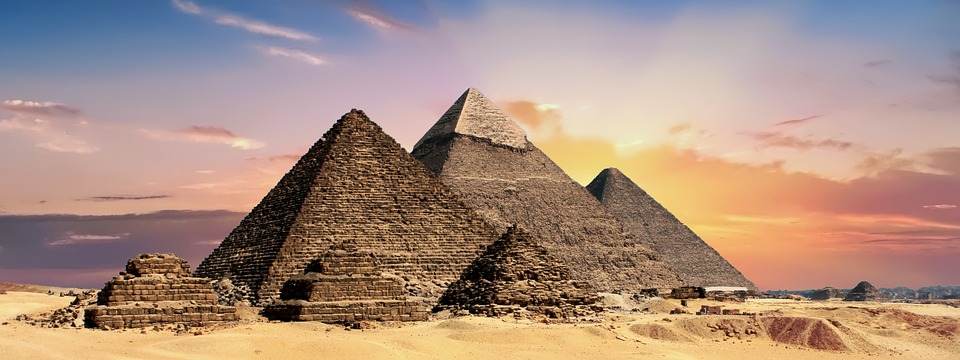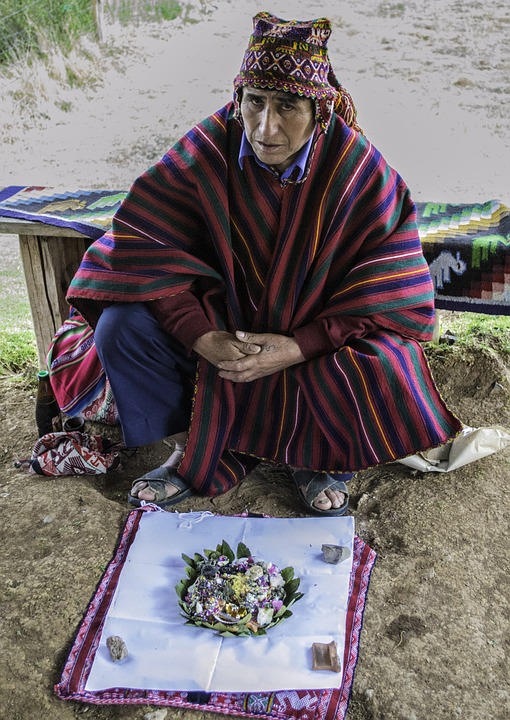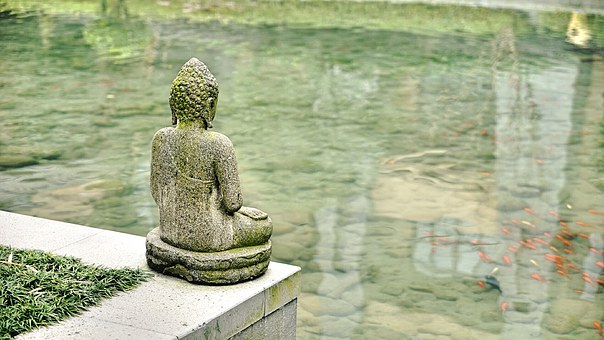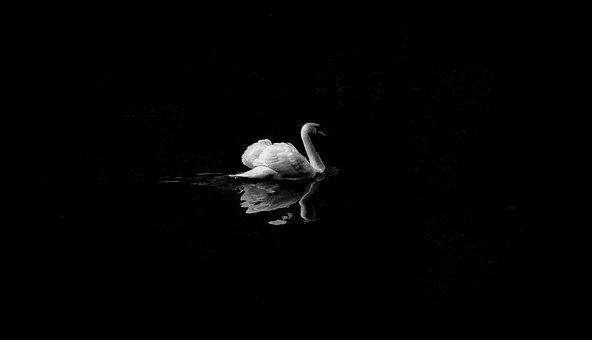Working with animal powers is a central feature of shamanism, and we can find many shamanic elements woven into the philosophy and practice of Druidry. Michael Harner, a world authority on shamanism, speaks of the shamanic way as one which is best defined as a method to open a door and enter a different reality. Much Druid ceremony and meditation has as its goal journeying into other realities, and the word ‘Druid’ is related to words meaning both ‘oak’ and ‘door’ – with the symbol of the door or gateway being central in Druidic teaching. Joseph Campbell, the great mythographer, has shown that there are a number of key features which distinguish a shaman’s art. These include: ritual dance, the possession of a wand or staff, ecstatic trance, the wearing of animal costume, identification with a bird, stag, or bull, becoming master of game animals and initiations, and the control of a magical animal or familiar. Traces of possible ritual dances exist in the old folk dances, and there are numerous references to Druid wands and staffs and ecstatic or altered states in the literature of Druidry.
Continue reading “Druidry and Shamanism”

